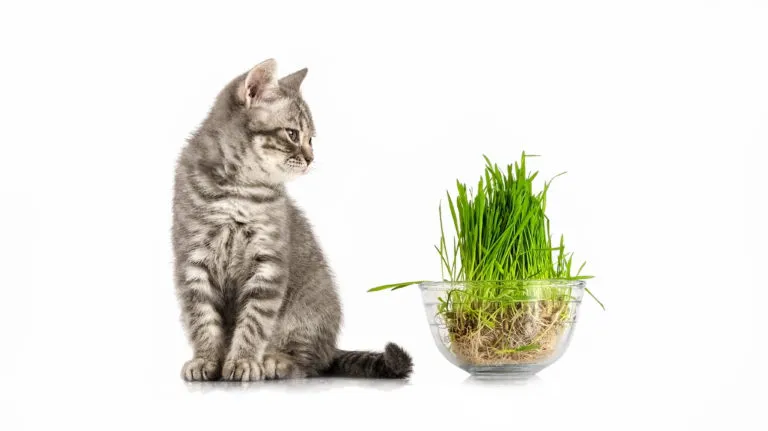How to Determine the Right Amount of Food for Your Cat
Some cats always seem to be hungry. But how much food does a cat need per day? This article helps you to find out the right amount of food for your cat.
Cats are carnivores, meaning their natural diet consists only of meat. However, it's common to see outdoor cats eating grass and other plants, to help their digestion and the natural passing of hairballs.

© kulkann / stock.adobe.com
House cats spend up to 60% of their day looking after their fur. So it’s no surprise that hairs often get lodged in their digestive system! Hair balls are not just irritating for you to clean up – they can also be dangerous to your cat’s health, and may lead to constipation. While outdoor cats can supplement their digestion by nibbling on grass, this is difficult for indoor cats. In many cases, indoor cats may even turn to eating house plants, which can be poisonous for them. Owners of indoor cats should therefore always keep a special supply of cat grass handy for their cat to chew on!
Cat grass is not any one particular type of grass. Instead it is usually a collection of different types of grasses that are suitable for cats to ingest. This tends to include cypress grass, spider plant and other various grasses.
You can also buy mixes of seed specifically designed for growing cat grass – take a look at our selection of Cat Grass.
Some cats always seem to be hungry. But how much food does a cat need per day? This article helps you to find out the right amount of food for your cat.
Summer is the peak season for refreshing ice cream, and cats enjoy it too when it's hot. Would you like to surprise your cat with some ice cream for a change? We will clarify whether ice cream is dangerous for cats and show you how to make your own healthy cat ice cream.